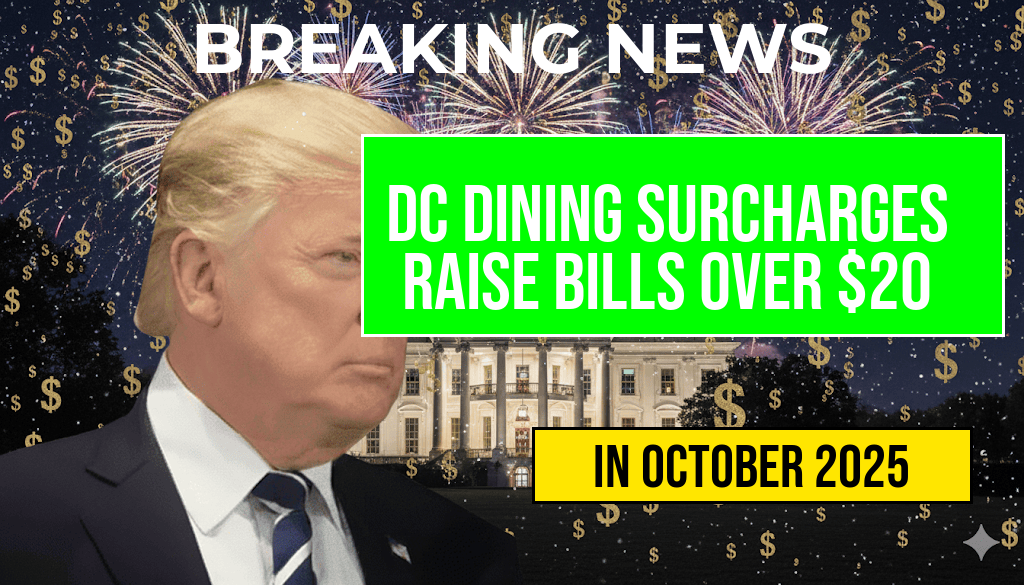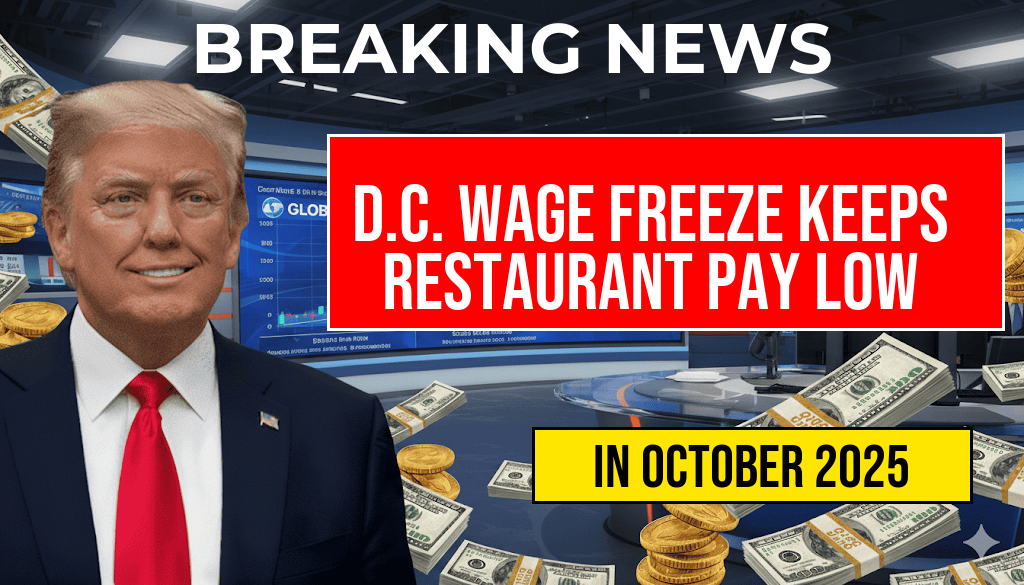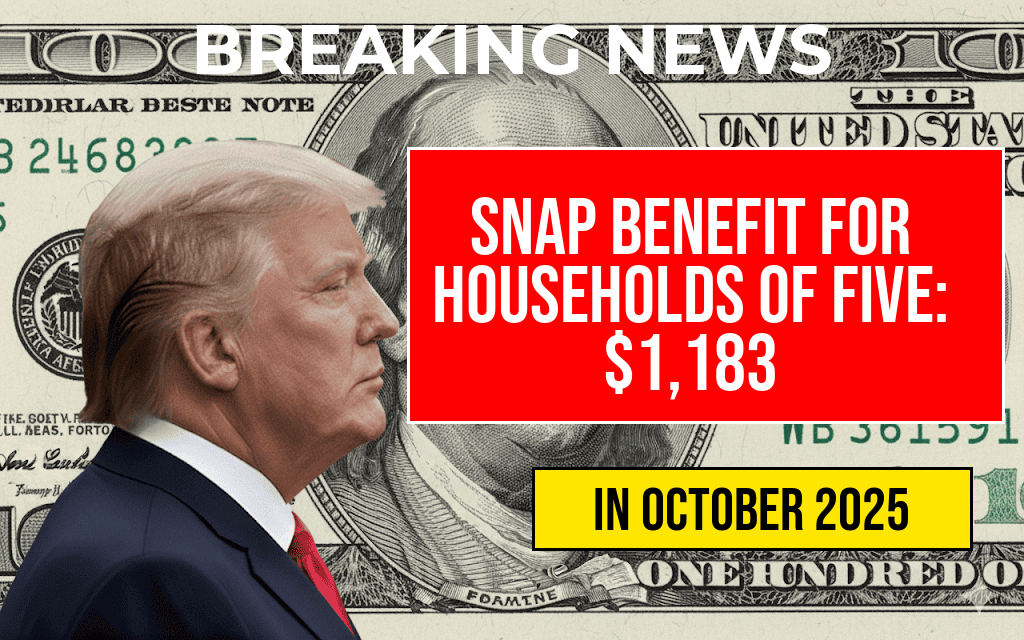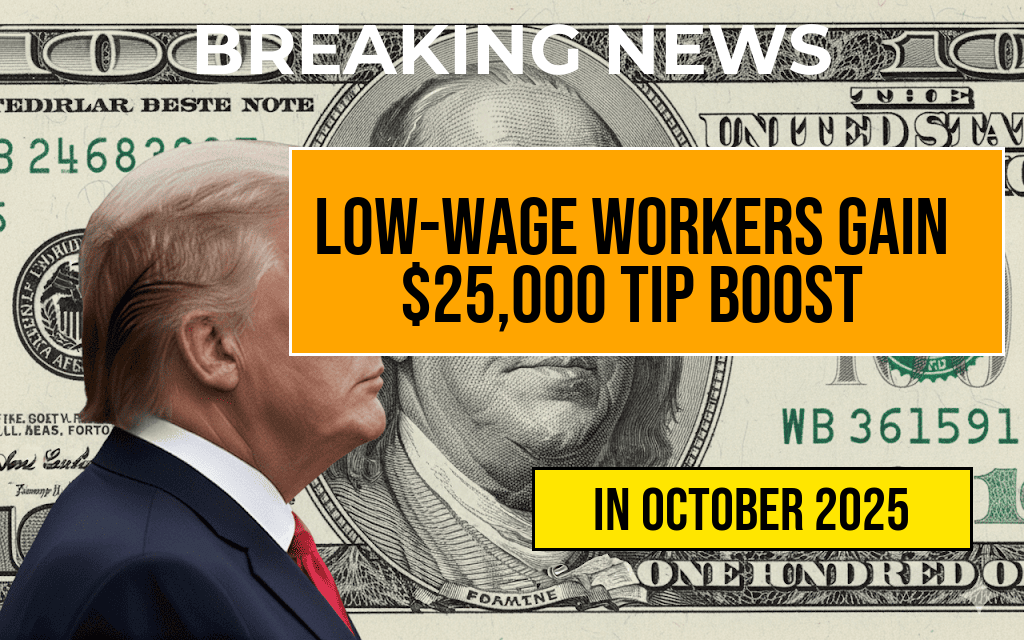Dining out in Washington, D.C. has become noticeably more expensive, with many patrons facing increased bills due to new wage regulations. Recent reports indicate that dining surcharges in the city are adding over $20 to the average restaurant bill, prompting discussions about the impact of these changes on consumers and the hospitality industry. The surcharges, implemented to compensate for rising labor costs, have sparked mixed reactions among diners and restaurant owners alike. As the city grapples with balancing fair wages against the cost of dining out, the implications for both consumers and the local economy are becoming increasingly apparent.
The Background of Wage Regulations
In 2021, the D.C. Council passed legislation aimed at raising the minimum wage for service workers, particularly in the restaurant and hospitality sectors. This decision was made in response to ongoing concerns about living wages and economic equity for workers in the city. As a result, many establishments have opted to introduce dining surcharges to offset the increased payroll expenses.
Understanding the Surcharges
These surcharges typically range from 15% to 20% of the total bill, a significant markup that can turn a casual dining experience into a financial burden. Many restaurants have been transparent about the reasoning behind these additional costs, highlighting the need to maintain quality service while complying with new regulations. However, the sudden increase in dining expenses has led to backlash from consumers, who feel that such practices should be more clearly communicated.
Consumer Reactions
- Surprise and Discontent: Many diners are taken aback by the total cost of their meals, often leading to frustration and confusion.
- Awareness and Adaptation: Some patrons have begun to seek out restaurants that do not implement surcharges, while others have adjusted their dining budgets.
- Support for Workers: A segment of consumers understands the necessity of fair wages and supports the surcharge as a means to ensure livable conditions for service staff.
Economic Implications for Restaurants
For restaurant owners, the decision to impose a surcharge is not taken lightly. While the extra revenue can help cover increased labor costs, it also risks alienating customers. Some businesses have reported a decrease in foot traffic as diners choose to stay home or explore less expensive options. Balancing profitability with customer satisfaction is becoming a critical challenge in the current economic climate.
Looking Ahead
As D.C. continues to navigate these new wage regulations, the future of dining out in the city remains uncertain. Industry experts suggest that transparency will be key in maintaining consumer trust. Restaurants may need to communicate more effectively about why these surcharges are necessary and how they contribute to a better dining experience.
The Role of Technology
Some establishments are turning to technology to mitigate the impact of surcharges. By implementing digital menus and payment systems, restaurants can streamline operations and potentially reduce overhead costs. These innovations may also allow restaurants to offer more competitive pricing while still adhering to wage regulations.
Conclusion
The ongoing debate surrounding dining surcharges in Washington, D.C. encapsulates broader conversations about labor rights, economic equity, and consumer behavior. As both diners and restaurant owners adjust to the implications of these wage regulations, the dynamic landscape of the local dining scene will continue to evolve. For now, patrons can expect to see higher bills, while the hospitality industry seeks to balance fair wages with customer satisfaction.
For further information on wage regulations in D.C. and their implications, you can visit Wikipedia and Forbes.
Frequently Asked Questions
What are dining surcharges in DC?
Dining surcharges are additional fees added to restaurant bills, often implemented by establishments to cover increased labor costs due to new wage regulations.
How much do dining surcharges typically increase bills by?
The average dining surcharge in DC can increase bills by over $20, significantly impacting the overall cost of dining out.
Why have wage regulations led to higher restaurant bills?
New wage regulations have raised the minimum wage for workers, prompting restaurants to implement surcharges to offset these increased labor costs.
Are dining surcharges common in other cities?
While dining surcharges are becoming more common in various cities, their prevalence and amount can vary based on local labor laws and regulations.
How can diners avoid unexpected charges in their bills?
Diners can inquire with restaurants about any potential surcharges prior to dining and review their bills carefully to understand the total costs associated with their meal.






